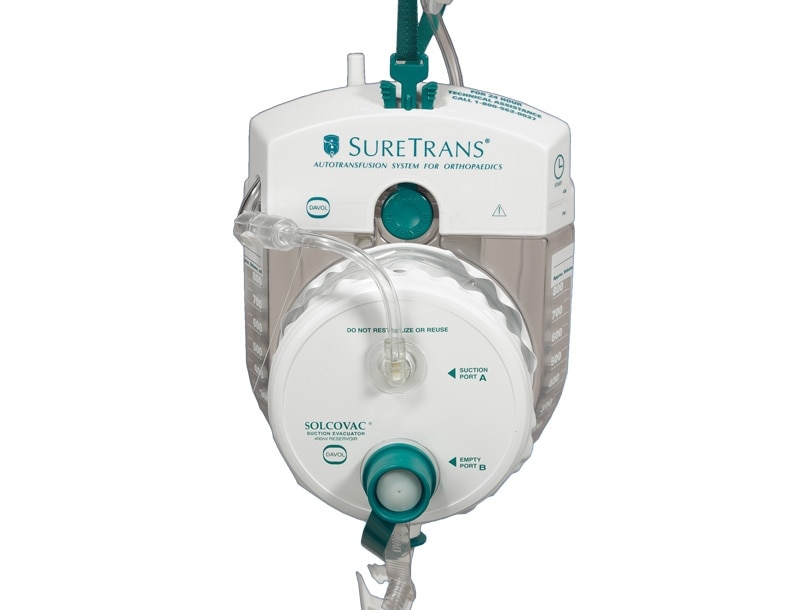Canada
true

- Overview
- EIFU & Resources
EASY SETUP AND COLLECTION
- Easy set up and use
- Convenient injection port allows administration of anticoagulant
- Internal 260 micron pre-filter removes debris and clots
- Attached Solcovac™ suction evacuator or wall suction with built-in vacuum limiter provides controlled suction
REINFUSION
Press a single button to quickly transfer the total volume of blood to the supplied blood bag
VALUE
Allows multiple transfusions with a single device, eliminating need for a second autotransfusion device*
* Refer to the American Association of Blood Bank Standards for the current collection and reinfusion guidelines.
* Refer to the American Association of Blood Bank Standards for the current collection and reinfusion guidelines.
Literature
BD's collection of literature on industry and on our offerings gives you information you can use to continue striving for excellence.
Learn more
Training
BD offers training resources to help improve your clinical practices as part of our goal of advancing the world of health.
Learn more
Events
BD supports the healthcare industry with market-leading products and services that aim to improve care while lowering costs. We host and take part in events that excel in advancing the world of health™.
Learn more
Case Studies
BD promotes clinical excellence by providing various resources on best practices, clinical innovations and industry trends in healthcare.
Learn more
BD-14833
true
